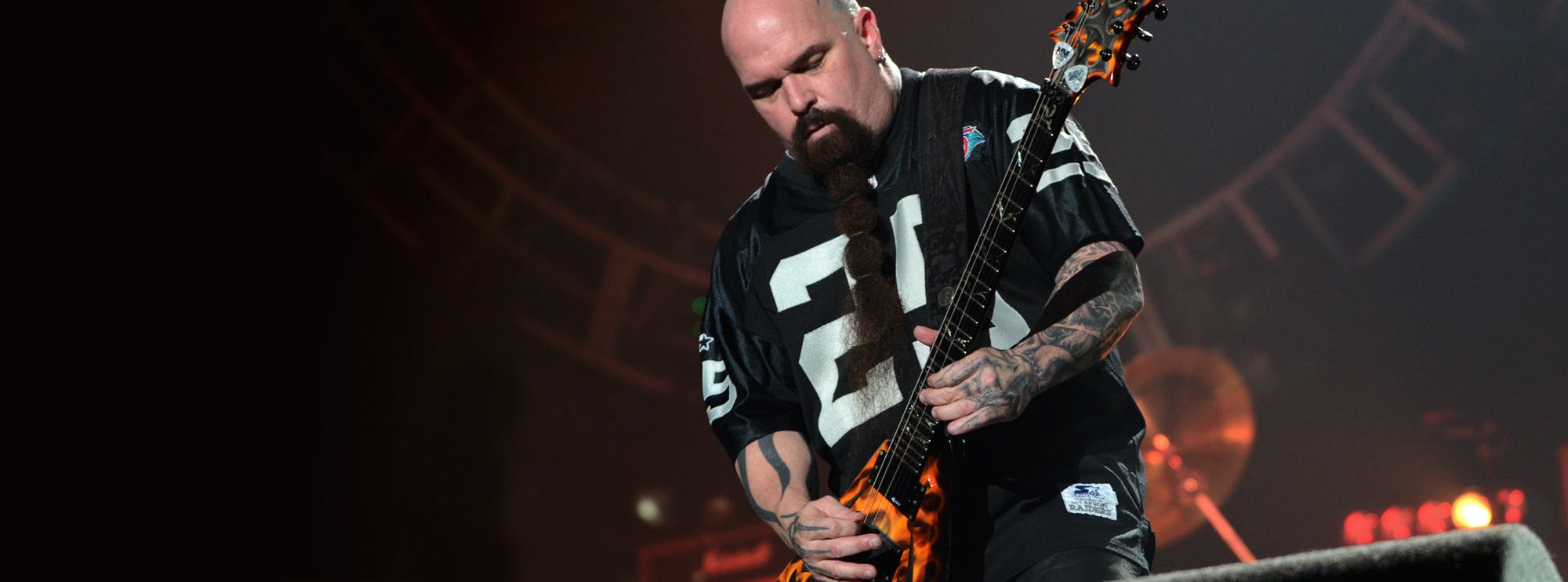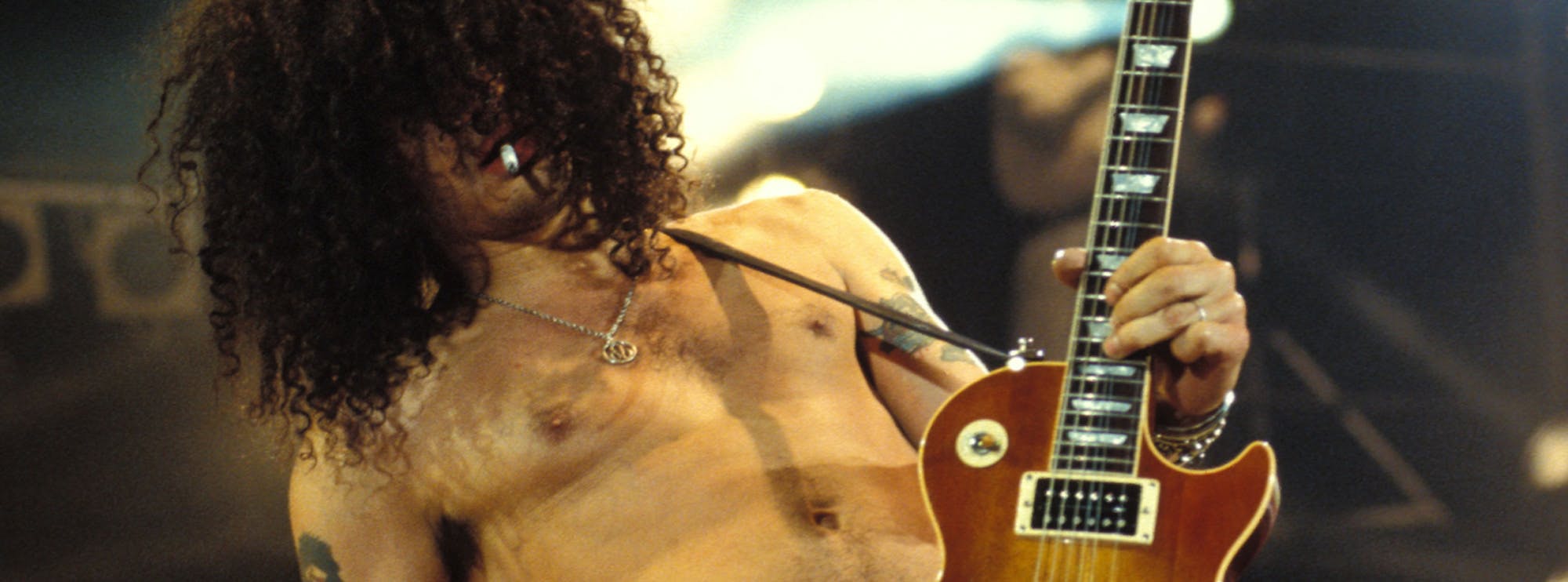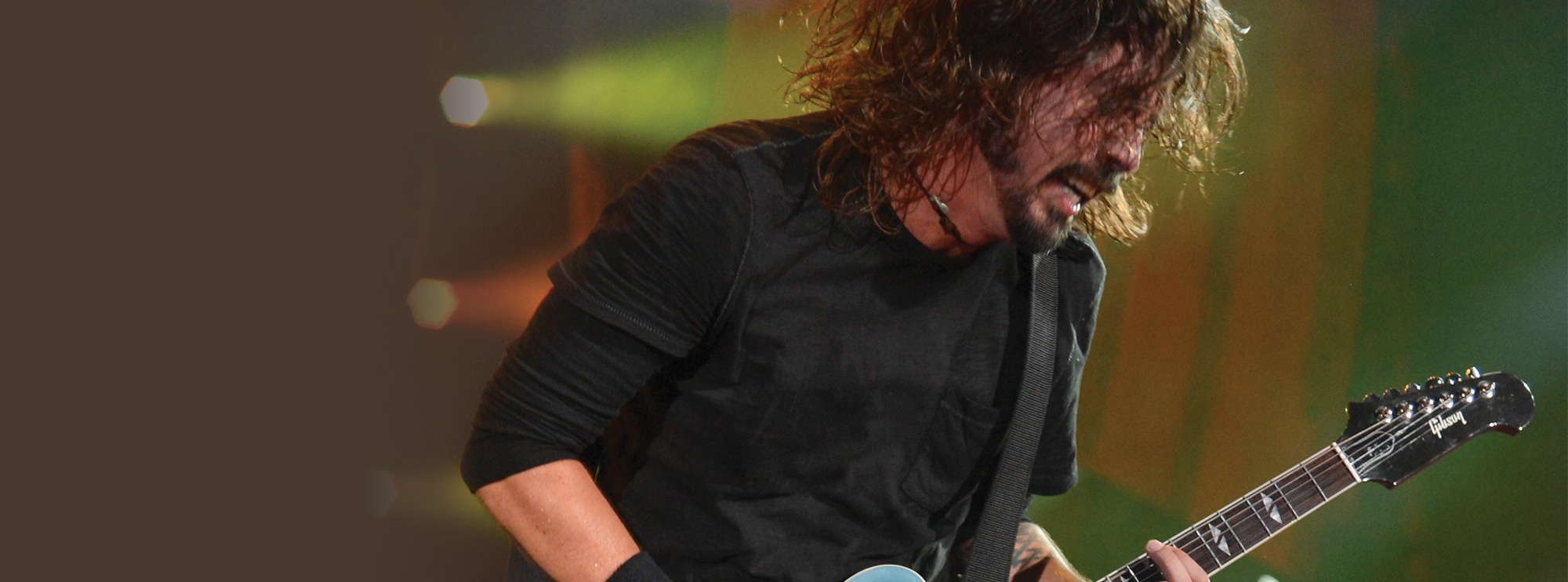Nuno, mostly known for his work with funk/rock pioneers Extreme, is renowned for his great melodic guitar runs, interesting percussive patterns and mind blowing shred guitar chops. His solos, as well as his funk rock rhythm guitar playing, have excellent narrative and always are very well constructed.
Nuno is a master performer and he will play the most mind blowing lines without busting a sweat…that’s what you want!
George Marios In this Nuno Bettencourt style guitar lesson and piece, we will be focusing on his lead guitar playing techniques and approaches, however, you will find that your funk rhythm guitar playing will improve after practicing the piece too, because, as I say, Nuno is a very percussive lead guitar player!
A very important thing to keep in mind working on this piece is to try and stay relaxed when performing. The style of music is very much founded in groove and it is important to be at a place where you can deliver the song without having to think too much about the challenging parts. Starting slow will definitely help, as well as isolating the parts that give you a hard time.
Nuno is a master performer and he will play the most mind blowing lines without busting a sweat…that’s what you want! Give it time, be patient and you will get there.
Let’s take a look at what’s going on in the track:
Bar 1-4:
The piece takes off with a Nuno-esque string skipping funky line, followed by a rapid diminished palm muted run, leading into some horn type lines. If you are new to this style of playing, it would be good to practice riffing using adjacent string before attempting the five string leap of the original lick.
Bar 4-8:
The band kicks in and we are greeted by some catchy, melodic lines very similar to iconic solos in songs like ‘Get the Funk out’. In bar eight we can find the trademark Nuno tapping triad lick, over an F and a G chord.
Bar 9-12:
The solo carries on and here we can find some of the trademark, palm muted, pentatonic runs that are very widespread in Nuno's playing. That fact that he tends to hammer on strings without picking them, combined with the palm muting technique creates a cool percussive effect.
Bar 13-16:
This is probably one of the most challenging parts of the piece. It covers Nuno’s mind blowing palm muting technique, which like I said before, adds to the percussive element of his sound. Make sure to isolate the riffs, practice them slowly and gradually speed up once everything sounds good at a certain tempo.
Bar 17-20:
In bar 17-18, we can find some lines inspired by Nuno’s rhythm guitar playing. He does tend to include little riffs as part of solos, something that helps bring variation to the sound, as well as emphasise the groove of the tune. The two final bars of the piece will give you a nice little technical workout! They are very much inspired by Nuno’s flawless legato technique and his ability to connect lines using clever licks. Once again, isolate the parts you find hardest, practice slow and speed up gradually.
I highly recommend getting any Extreme record, as it's a great source of inspiration in terms of songwriting and guitar playing, crafted beautifully by one of the greatest.
Saudamos Nuno!
About The Tutor
Tutor Profile
George Marios
George Marios is an upcoming recording guitarist and songwriter based in London, endorsed by the industry's finest guitarists. George moved to Leeds from Greece in 2007, so as to attend the prestigious Leeds College of Music. While studying in LCM, he wrote and produced his debut instrumental album 'Between' two...



